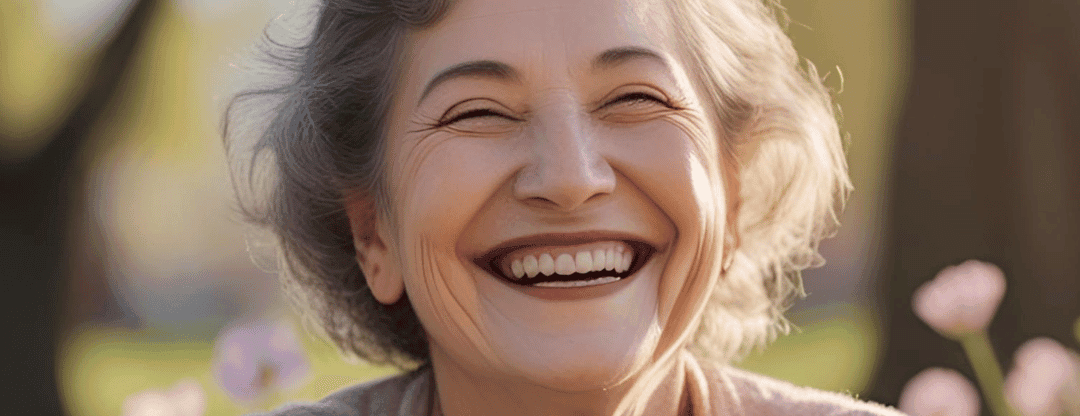Chronic pain is a persistent problem for millions of people worldwide. Regular treatments such as opioids carry significant risks and side effects. Therefore, researchers are increasingly looking at alternative solutions, such as the use of magic truffles (psilocybin-containing truffles). But what makes these truffles effective and what substances are responsible for their therapeutic potency?
What are Magic Truffles?
Magic truffles are the underground sclerotia of Psilocybe mushrooms. Although often used recreationally due to their psychedelic effects, they are gaining attention in medical research due to their unique chemical composition.
Chemical composition of Magic Truffles
The main substances responsible for the effects of magic truffles are tryptamine alkaloids, including:
1. Psilocybin
Psilocybin (4-phosphoryloxy-N,N-dimethyltryptamine) is a prodrug, meaning it is not directly active itself, but is converted in the body into psilocin, which is responsible for the psychedelic effects.
2. Psilocin
Psilocin (4-hydroxy-N,N-dimethyltryptamine) binds directly to serotonin receptors (mainly 5-HT₂A), leading to changes in perception, mood and pain perception.
3. Other tryptamines: the entourage effect
Besides psilocybin and psilocin, magic truffles contain other substances such as:
- Baeocystin (4-PO-NMT): a mild psychedelic substance that may also have anti-anxiety effects.
- Norbaeocystin (4-PO-T): a little-studied substance, presumably hardly psychedelic.
- Norpsilocin (4-HO-NMT): strong serotonergic activity, without typical psychedelic effects.
- Aeruginascin (4-PO-TMT): unique serotonergic properties with potentially milder, pleasant effects.
This chemical diversity suggests that the effects do not arise from psilocybin alone, but rather from the complex synergy of all substances together-the so-called 'entourage effect'.
β-carbolines
Some magic truffles also contain β-carbolines such as harmine and harmane, which inhibit monoamine oxidase (MAOIs). This can enhance and prolong the effect of psilocybin.
How does the entourage effect work in pain?
Entourage theory states that substances within truffles are more effective together than individually isolated substances. It is precisely this complexity that can increase therapeutic potency, especially at subtle doses such as microdosing. The combination of active and supporting substances can lead to:
- A broader spectrum of analgesic effects.
- Less unwanted psychedelic side effects at lower doses.
- Synergy with other therapeutic methods such as movement therapy and mindfulness.
Scientific studies and hopeful results
Recent research highlights that research into psychedelics for chronic pain is still in its infancy, but is hopeful. Researchers such as Joost Breeksema of the UMC Groningen point out that psychedelics are not a panacea and that good counselling is essential. Clinical studies, such as those conducted at Yale University and funded by the US National Institutes of Health (NIH), show promising results in the treatment of cluster headaches and other forms of chronic pain.
Possible mechanisms of action
Several studies suggest various mechanisms:
Neuroplasticity and 'resetting'
Psilocybin stimulates neuroplasticity, which can reset painful neural circuits. This potentially provides relief for chronic pain, such as neuropathic pain and phantom pain.
Inflammation inhibition
Preclinical studies indicate that psilocybin is anti-inflammatory. Chronic pain often has an inflammatory component; reducing this can significantly contribute to pain reduction.
Integration with body-oriented therapies
Studies highlight that the therapeutic effect is enhanced when truffles are combined with body-oriented therapies such as physiotherapy, yoga, or mindfulness.
Truffles versus mushrooms
Although magic truffles and mushrooms are chemically almost identical, truffles sometimes contain more stable and higher concentrations of psilocybin. This makes them ideally suited for controlled therapeutic use and microdosing.
Benefits of magic truffles as a painkiller
- Long-term pain relief, sometimes days to weeks after use.
- Reduced reliance on traditional painkillers such as opioids.
- Low risk of addiction or dependence.
Caution needed
While promising, there are also areas of concern:
- Research is at an early stage; large-scale clinical studies are still largely lacking.
- Set and setting, as well as professional supervision, remain crucial to ensure safety and avoid negative experiences.
User experiences
In addition to the scientific studies, more and more people are sharing their personal experiences with magic truffles for chronic pain. Here are some testimonials:
Monique (52) - Fibromyalgia "For years I tried all kinds of treatments against my fibromyalgia. Since I microdose with truffles, I experience significantly less muscle pain and stiffness. Especially on days when I would normally lie flat, I now feel more energetic and lighter."
Jan (64) - Phantom pain after amputation "After my leg amputation, I kept having excruciating phantom pain. No painkiller really helped. On the advice of a friend, I tried magic truffles, under supervision. After just one session, I noticed that the pain subsided, and it has remained that way ever since."
Romy (38) - Migraines "I have suffered from migraines all my adult life. Since I microdose with truffles on set days, my attacks are much less frequent and less intense. It feels like my nervous system has been balanced."
Ali (47) - Chronic back pain "After herniated disc surgery, I continued to suffer from chronic lower back pain. Physiotherapy helped partly, but the real breakthrough came when I started combining with microdosing. It doesn't work as a band-aid, but rather as a system reset."
Liesbeth (59) - Osteoarthritis in knees "My osteoarthritis in both knees made it difficult for me to walk. Painkillers only helped temporarily and gave annoying side effects. Since I started microdosing magic truffles, I notice that the swelling and pain decrease, especially in combination with gentle yoga. I feel human again."
Conclusion
Magic truffles have a complex chemical composition, with not only psilocybin, but rather the synergy of all substances playing a role in their therapeutic potential. Although research is still in full swing, magic truffles seem a promising alternative treatment method for chronic pain, with potentially fewer side effects and fewer addiction risks than traditional painkillers.
References
- Breeksema, J. (2023). Psychedelic drugs against chronic pain. UMC Groningen.
- Yale University (2024). Psilocybin in cluster headache.
- National Institutes of Health (NIH, 2024). Research on psychedelics in chronic pain.

